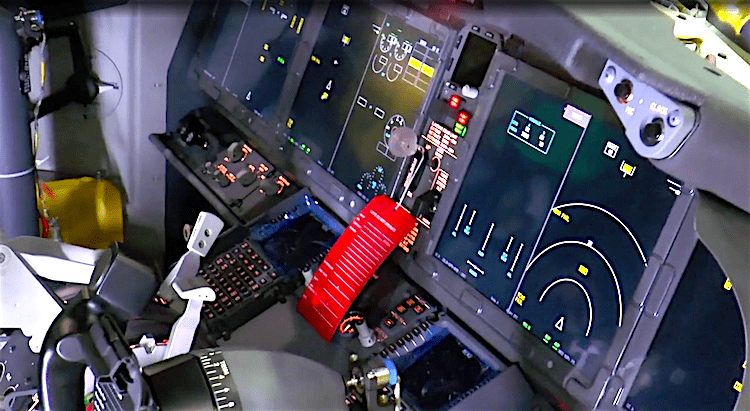Global Avionics Round-Up from Aircraft Value News (AVN)

Boeing 737 MAX cockpit. (Boeing)
After years of crisis, lawsuits, and soul-searching, Boeing is under pressure like never before to rebuild trust in the 737 MAX. While much of the focus has been on mechanical fixes and quality control, one of the most significant transformations is happening inside the flight deck.
Boeing is quietly rolling out a wave of avionics improvements to the MAX family, not just to meet regulatory demands, but to restore confidence and enhance long-term safety.
The post-grounding MAX 8 and MAX 9 already include updates to the flight control software and redundancy protocols. But Boeing is going further, working with Collins Aerospace to refine the underlying avionics architecture.
One major change initiated by Boeing is a shift toward more robust fault detection and isolation systems. These digital watchdogs monitor sensor inputs and cross-check data in real time, ensuring that a single erroneous reading, like the one that triggered MCAS in the past, can’t bring down the entire system.
Another area of improvement is display integration. The MAX flight deck retains six large LCD screens, but Boeing has refined the user interface and alarm hierarchy to prioritize clarity and minimize cognitive overload.
Pilots now receive more context-rich alerts, with better differentiation between advisory, caution, and warning levels. These changes are rooted in human factors research aimed at preventing task saturation during high-stress moments.
Boeing is also enhancing the MAX’s data-sharing capabilities. The latest models feature upgraded data links that allow for real-time health monitoring and position reporting. Airlines can now tap into predictive maintenance tools that flag potential failures before they happen, improving both safety and fleet efficiency. These systems are tied into Boeing’s Airplane Health Management (AHM) platform, which aggregates data across an operator’s fleet for faster decision-making.
Enhanced cybersecurity…
Cybersecurity has also moved to the front burner. With increasingly connected cockpits, Boeing is embedding hardened encryption protocols and multi-layered access controls to protect against unauthorized intrusion. As digital threats grow more sophisticated, avionics must be designed with a zero-trust architecture mindset, and Boeing has begun to incorporate those principles into MAX systems.
The most meaningful change, however, may be philosophical. Boeing is moving away from a culture that once prized design minimalism and pilot continuity above all else. That mindset contributed to the MCAS debacle. Today’s MAX upgrades reflect a more balanced approach: respecting pilot experience while embracing automation that informs, rather than overrides.
Boeing’s rival Airbus has long led in cockpit integration and automation philosophy. With these avionics enhancements, Boeing is signaling that it’s ready to match that standard, technically as well as culturally.
None of these upgrades erase the scars of the MAX crisis, but they point to a company trying to relearn the value of thoughtful systems design.
This article originally appeared in our partner publication Aircraft Value News.
John Persinos is the editor-in-chief of Aircraft Value News.